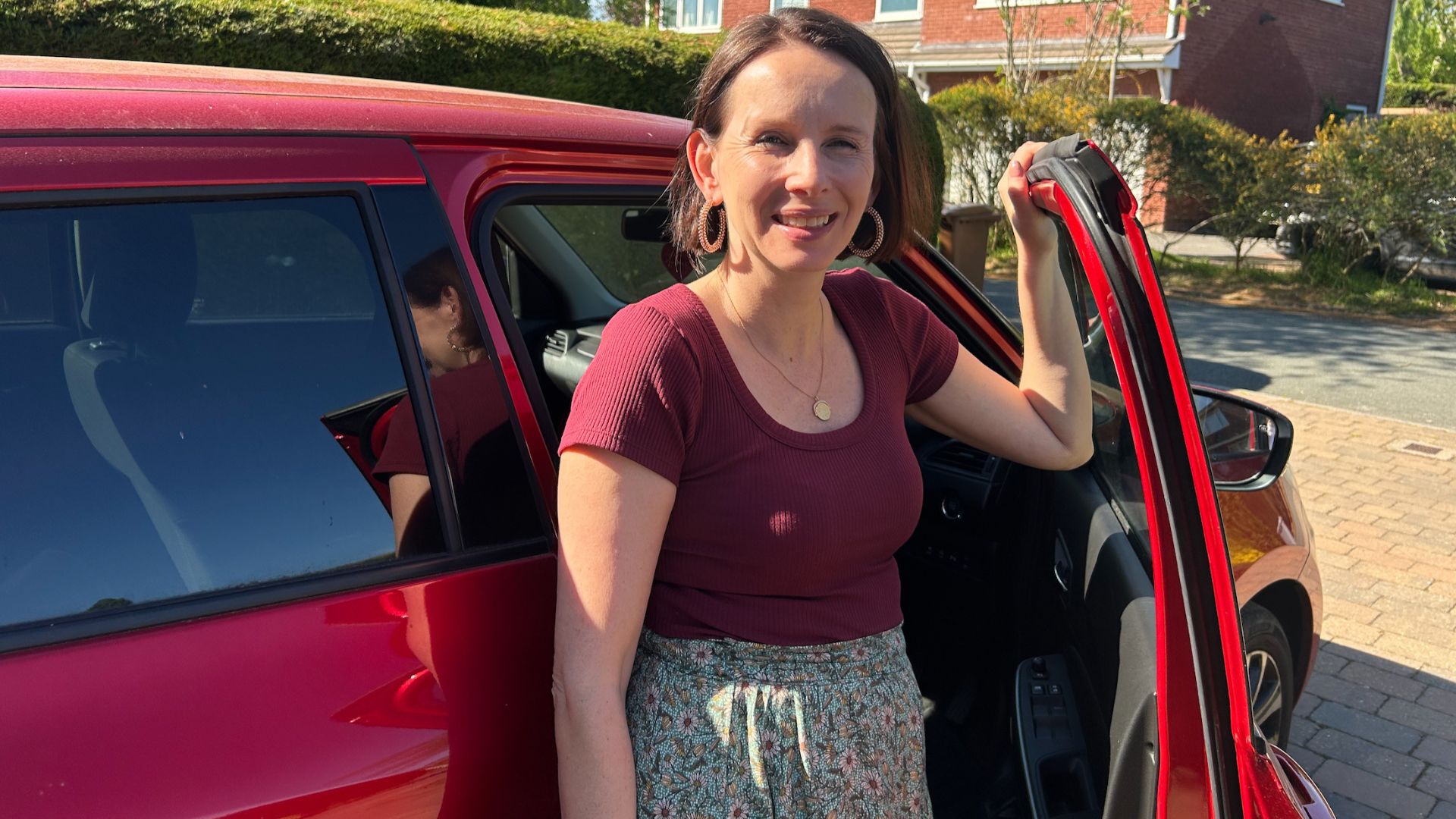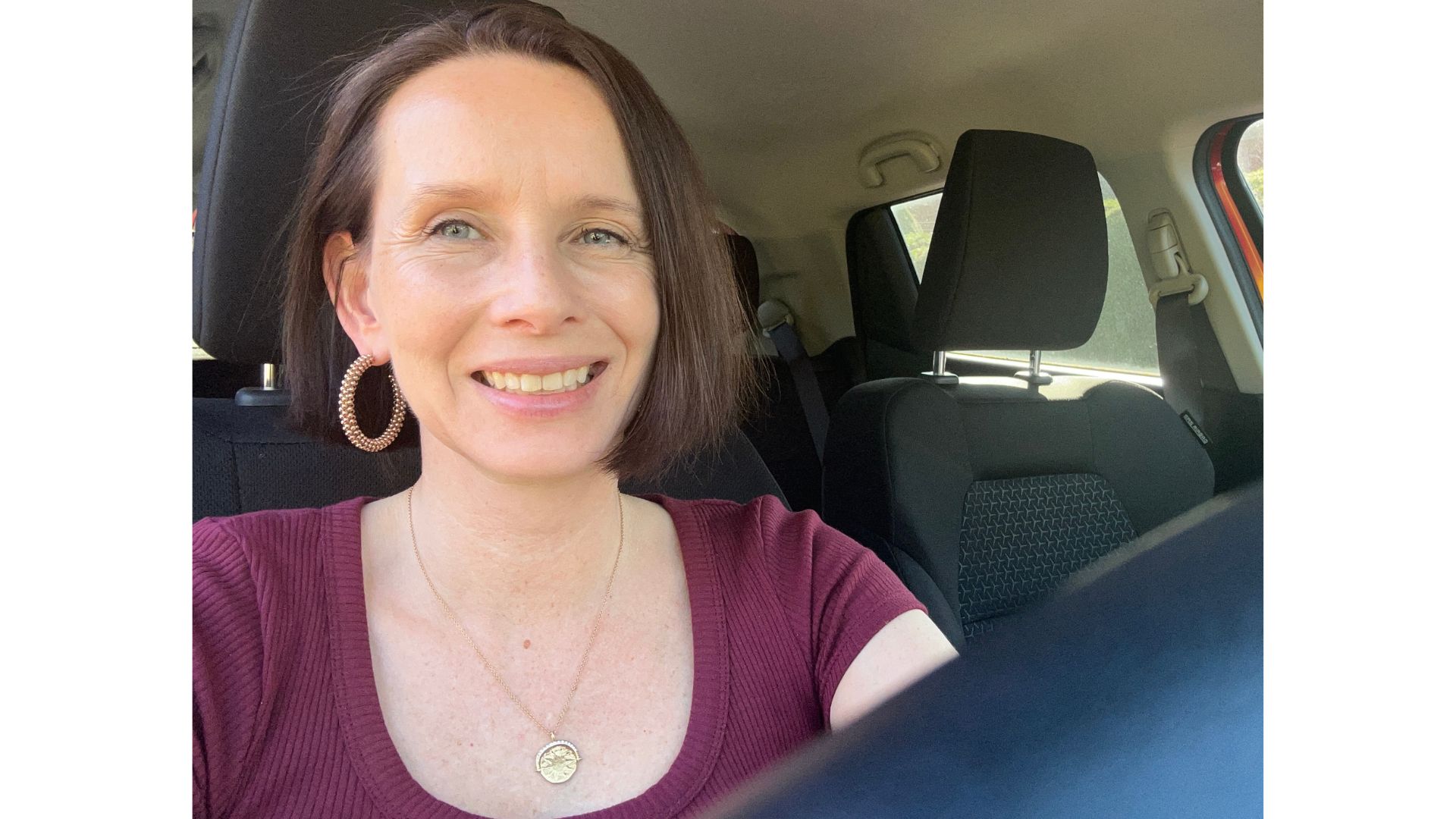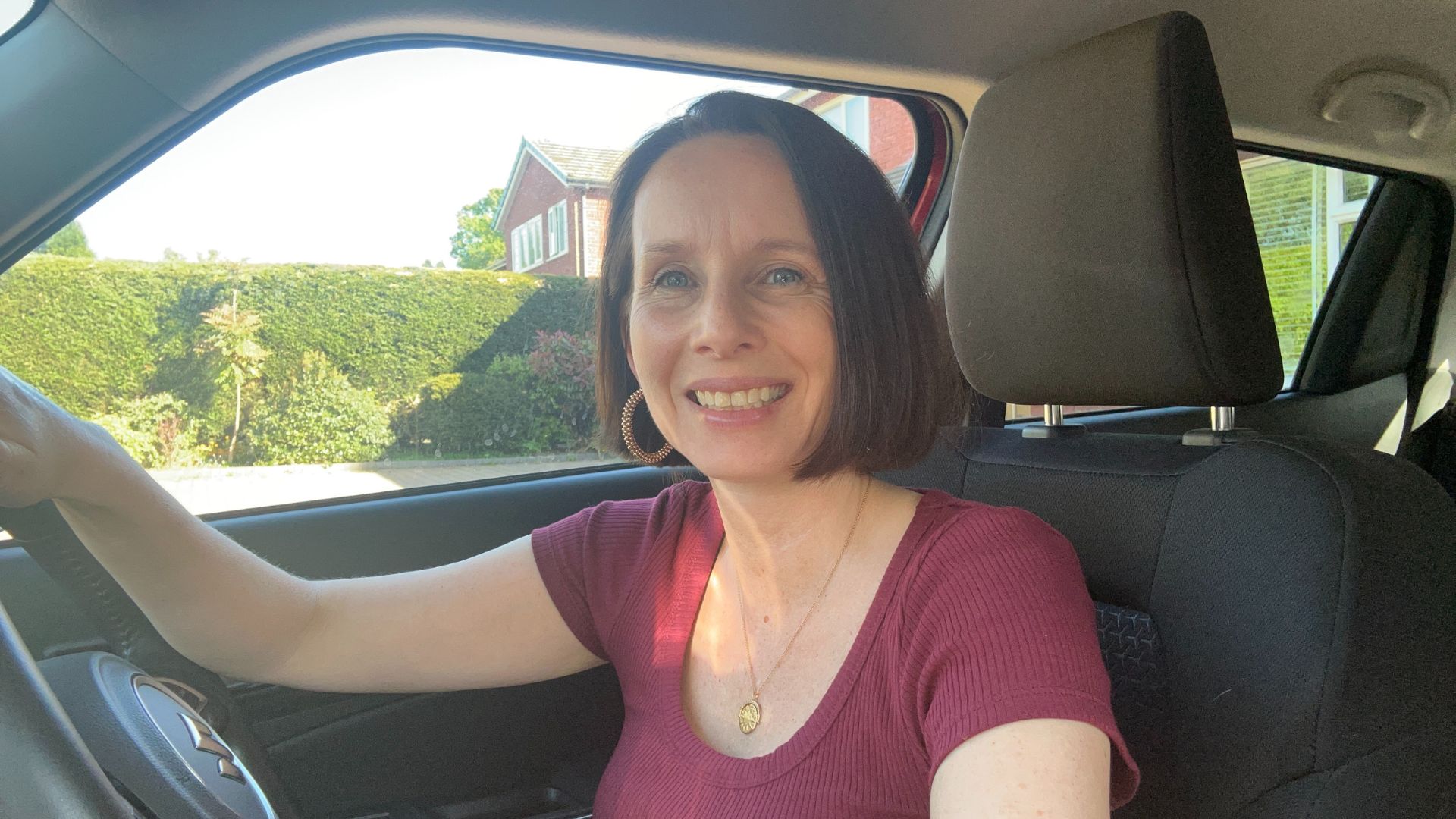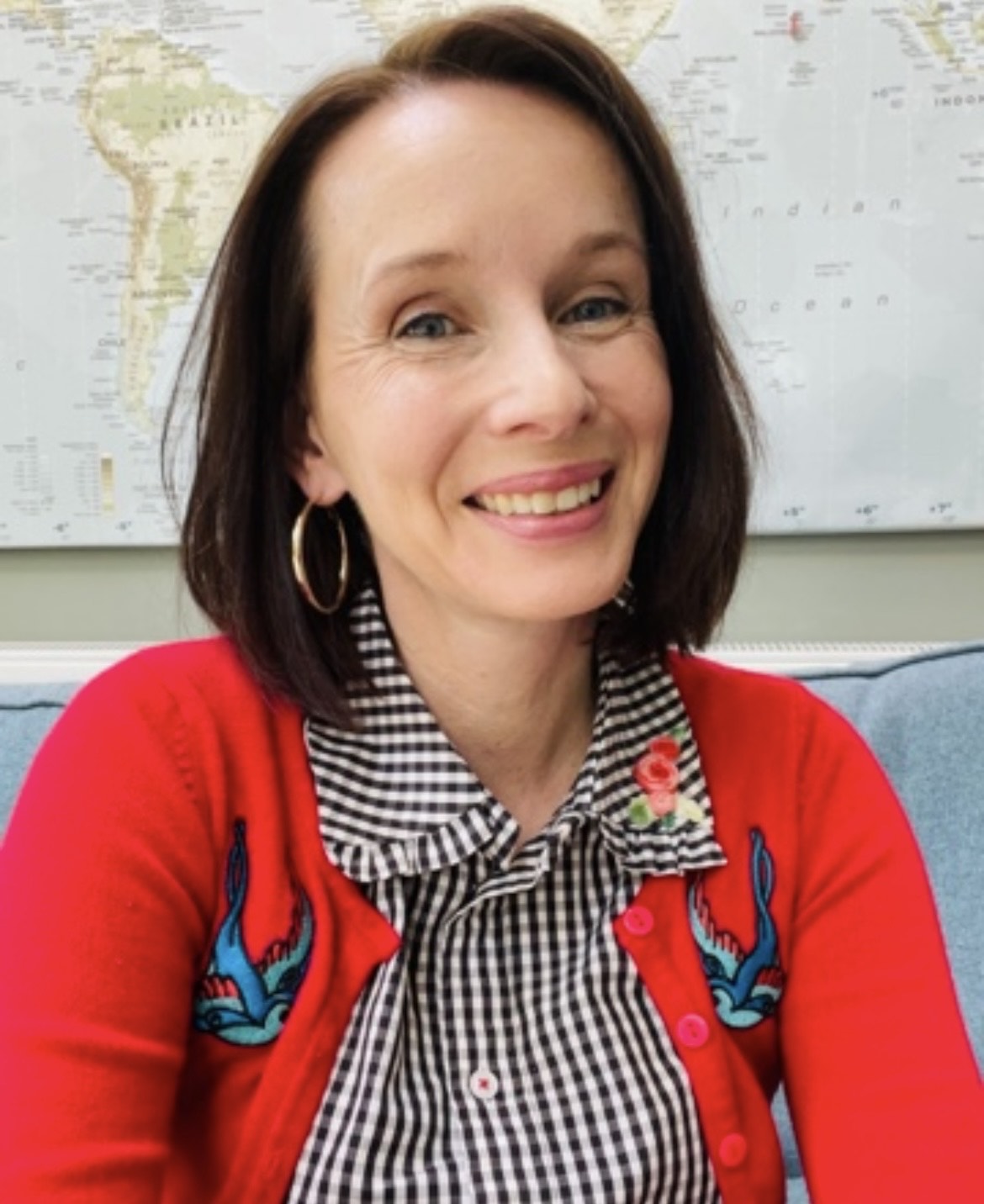My fear of driving controlled my life for nearly 30 years – at 45, here's how I finally faced my phobia
A chance encounter helped me overcome the fear that had quietly shaped my family’s life


“Mum dies in horror crash collecting daughter’s birthday cake”, warned the imaginary headline in my brain. Again, my daughter wouldn’t get the cake she’d asked for because I couldn’t bring myself to make the 10-minute drive to collect it. These fear-driven headlines haunted every thought of getting behind the wheel.
"Each time, they won. I stayed home, deciding it was better to protect my children from the possibility of losing me.
"In truth, I was losing opportunities for us day by day.
A nervous start
As a child, I’d been in two minor car accidents. Though I was physically unscathed, the emotional imprint lingered.
I hated learning to drive. It took me five attempts to pass my test, and I didn’t emerge from the process with any confidence in my driving ability. I drove only when necessary, each journey a test of endurance.
Six years passed with barely any driving while I attended university and worked abroad. When I finally sat in a driver’s seat again, I felt like a complete novice: anxious, tense, and overwhelmed.
Precious cargo
When I discovered I was expecting twins when my daughter was only nine months old, my first concern was that I’d need to drive a bigger car. I cried walking around the car lot as we tried to find something that would accommodate three car seats.
Sign up to our free daily email for the latest royal and entertainment news, interesting opinion, expert advice on styling and beauty trends, and no-nonsense guides to the health and wellness questions you want answered.
A large car with a back row tightly packed with such precious (and noisy!) cargo took my driving fear to a whole new level. My heart pounded, my throat felt restricted, and my hands gripped the steering wheel so tightly that it was often hard to release them when I arrived tearful at my destination.
A life on hold

Over time, I avoided driving more and more. I made excuses to avoid situations that might require me to drive, especially if it involved someone else’s child.
This slowly chipped away at my independence and my children’s opportunities.
I knew it was irrational, yet every time I considered driving, the mental headlines screamed louder.
By the end of the Covid-19 lockdowns, during which I hadn’t driven at all, I was done with driving. Mould had sprouted all over the car seats, and the little red box on wheels sitting dormant on the drive became a symbol of my shame.
I hated what I had become: a mum afraid to take her kids where they wanted to go. Worse, I feared I was passing that anxiety on to them. My two biggest fears – causing harm by driving versus failing my children by not driving – waged a war in my mind daily.
A chance encounter
In November 2024, I attended the Mind, Body & Spirit Festival, hoping to meet inspiring women to write about in my job as a journalist. That’s when I stumbled upon Carl. I told him I was looking for interesting women, but asked what he did anyway. “I remove negative memories in under 20 minutes,” he replied with total confidence.
Sceptical but intrigued, I challenged him: “Do it.”
And so, I found myself in the middle of a bustling exhibition hall, sitting on a stool, eyes closed, stroking my face and counting backwards as I silently remembered picking glass out of my young brother’s hair after our childhood car accident.
Minutes later, I couldn’t summon the image. It was gone. I was left speechless and elated. If this memory could be distorted, then perhaps all my memories of feeling petrified of driving could be too?
Therapy

Desperately but cautiously, I booked a three-day healing retreat at Carl and his wife Kim’s home, The Manse Retreat. When Kim greeted me at the train station with warmth, my concerns about staying with strangers melted away. Carl took time explaining his neuroscience-based methods, refined over decades of treating trauma and PTSD internationally.
I spent the next few days visualising distressing driving memories, whilst Carl used psycho-sensory techniques, eye movement therapies, and hypnotherapy to reframe them.
When asked to ‘go back to the memory’, it had either faded or lost its emotional grip. I cried a lot. My eyelids swelled up like small fat sausages through the volume of tears I shed as I released all my guilt, shame and fears. The weight that I’d carried for decades was gone.
"The heavy lump of fear in my throat wasn’t there"
The drive that meant everything

I left feeling uplifted, but the true test would be the following day. Could I drive my daughter 30 minutes to the theatre?
To my surprise, I felt something close to excitement. I wasn't gripped by fear. I didn’t worry I might kill someone. I just wondered where I’d park.
As I drove, I was happy. The heavy lump of fear in my throat wasn’t there. So, when I cried upon my arrival, this time it was from joy.
For nearly 30 years, driving had symbolised danger, failure, and guilt. Now, it represented freedom.
I didn’t just drive that day, I moved on.

Michelle is a freelance features writer whose stories often highlight the bravery and talents of everyday women. She writes lifestyle features for bestselling women’s magazines such as Woman’s Weekly and Woman & Home.
As a keen sewist, she is a regular contributor to sewing magazines and craft websites where she shares her knowledge and passion for dressmaking and fashion history.